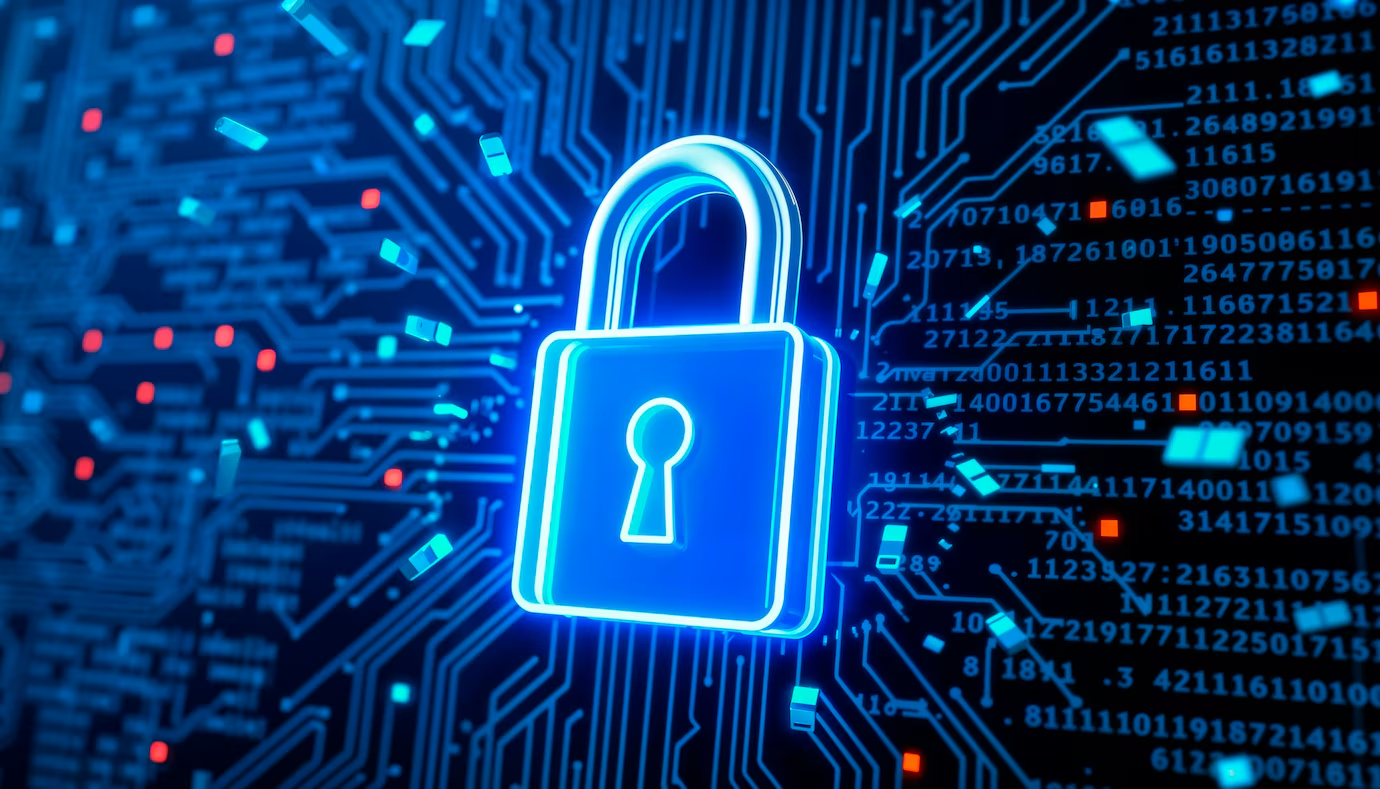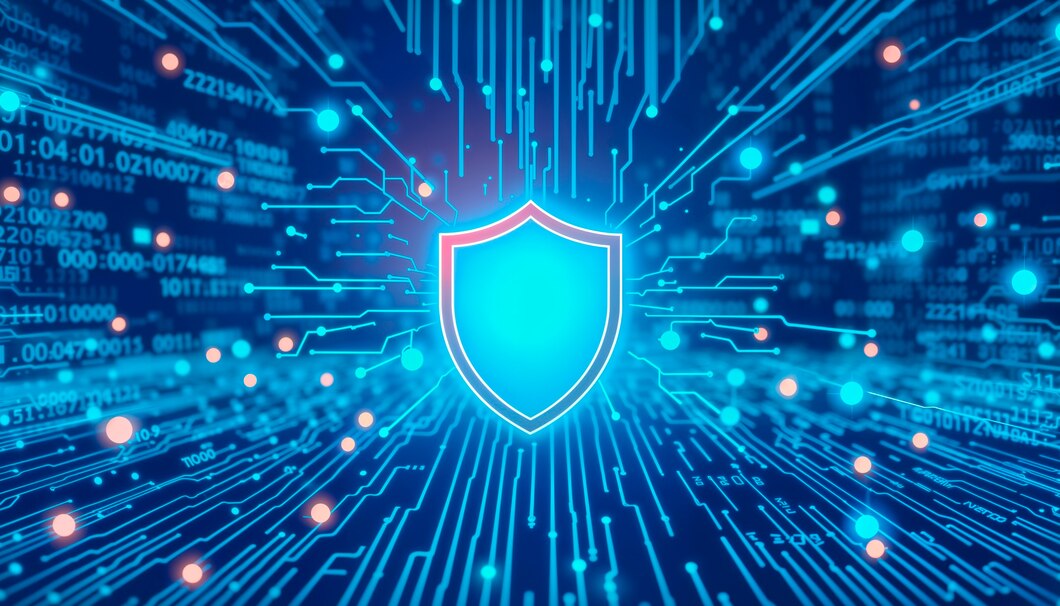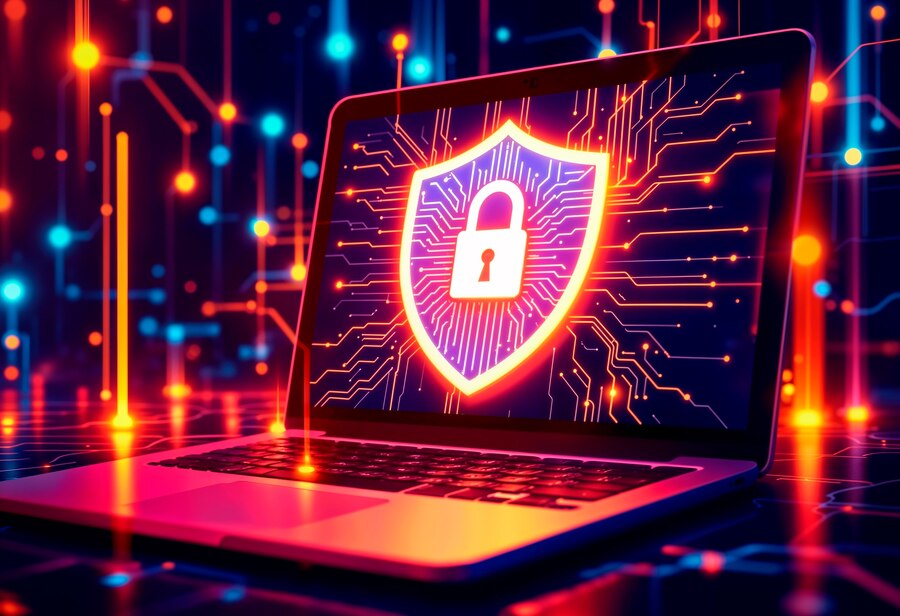
The world has witnessed a cybersecurity evolution over the past few decades. Gone are the days when the biggest concern was computer viruses. Today, sophisticated cyber attacks involving phishing, malware, machine learning (ML) and artificial intelligence (AI) put individuals, corporations and governments alike at constant risk.
This article explores the evolution of cybersecurity from the early days to the present and considers what the future may hold.


The 1980s saw the first real malicious software (malware) threats. Following the formation of the internet in 1983 and its adoption by computer networks, hackers had a wide field to explore and exploit.
The first cyberattack to gain significant media attention was the "Morris" worm of 1988.2 This worm, which initially started as a harmless experiment to gauge the size of the internet, infected more than 6,000 computers while causing damages ranging from $100,000 to millions of dollars. In the aftermath of this attack, cybersecurity professionals developed antivirus software and companies started investing in firewalls and password management programs.
As the internet became more widespread in the 1990s and early 2000s, cyber threats grew in sophistication. Criminals developed malware that could steal personal and financial information. One notable attack during this period was the “ILOVEYOU” worm, which first appeared on May 4, 2000 and infected more than 50 million computers.3 The virus spread worldwide through an email with the subject line “ILOVEYOU.” The email prompted the reader to open an attachment to read the rest of the message. If a user opened the attachment, the virus would spread to every contact in that person’s address book. The virus caused massive destruction, forcing the Pentagon, Ford, AT&T and multiple U.S. Army bases offline.4 The total damages were about $15 billion worldwide.
In 2003, following the cyber threats in this period, the U.S. Department of Homeland Security formed the National Cyber Security Division.1 This was the first official government body dedicated to cybersecurity.
In the mid-2000s, there was an evolution from hit-and-run strikes to advanced persistent threats (APTs).5 Cybercriminals used careful strategic plans and extensive campaigns to invade networks, access confidential information and sustain long-term attacks.
A good example of an APT attack was “Operation Aurora” in 2010. These attackers gained access to sensitive data from Google and other private companies by taking advantage of their software systems’ vulnerabilities. The attacks were so severe that, in 2022, Google released a YouTube series detailing the events of Operation Aurora.
The frequency of ransomware attacks rose in the 2010s. For these attacks, cybercriminals use malware to lock a victim’s files and then demand a ransom payment to unlock them. These attacks result in massive financial losses and disruptions for individuals and organizations. For example, the 2017 “WannaCry” ransomware attack spread to 200,000-plus computers in more than 150 countries, costing about $4 billion.
As the COVID-19 pandemic took hold and it seemed that the entire world went online, ransomware, phishing attacks and data breaches took a further toll on 2020.9 Between the start of February and the end of April alone, cyber attacks against the financial sector increased 238% worldwide.10
On April 23, 2020, the World Health Organization (WHO) reported a disturbing leak of email addresses and passwords. A group of elite hackers had apparently conducted a large phishing campaign, resulting in the theft of 450 active login credentials from WHO staff. The hackers went on to steal nearly 25,000 private email addresses from agencies such as the Center for Disease Control and Prevention (CDC), the National Institutes of Health (NIH) and the Bill and Melinda Gates Foundation.
Clearly, even organizations with the size, renown and resources of government agencies are still vulnerable to cyber attacks. In 2020, Software AG was the second-largest software vendor in Germany and the seventh-largest in Europe. In October of that year, a ransomware attack resulted in the theft of roughly one terabyte of its data. Having stolen the company’s information, hackers then locked its IT infrastructure and threatened to publicize sensitive data, pending delivery of a $23 million ransom.
With cybercrime projected to cost businesses $15.63 trillion by 2029, cybersecurity professionals are on the lookout for several common types of cyber threats.11
While ransomware attacks aren’t new, they’ve grown in complexity in recent years. Today, there are even ransomware-as-a-service providers renting out their programs to other cybercriminals in exchange for a percentage of the profits. This business model has led to an increase in the number of ransomware attacks worldwide. According to Statista, 72.7% of organizations worldwide were affected by ransomware attacks in 2023, compared to 55.1% in 2018.
As more companies engage with third parties such as contractors and vendors, cybercriminals are getting around sophisticated security systems by hacking the less guarded networks of these third parties. For instance, in 2021, hackers infiltrated the networks of Facebook, Instagram and LinkedIn by breaching a third-party contractor (employed by the three companies) named Socialarks. The cybercriminals leaked personal data from more than 214 million social media users during the attack.
The more we store our financial records online, the more important it becomes to protect them. Credit card numbers, bank account PINs, phone numbers, investment accounts and other personal identifiable information (PII) are regularly hacked and used for criminal gains, exacting high costs of time, money and effort as people who were targeted work to restore their financial credibility and their privacy.
Today, nations are using their own cyber skills to attack the critical infrastructure of other governments. Common systems under attack include power grids and transportation systems. Typically, nation-state-associated threat actors launch these attacks to steal intellectual property, military intelligence and other types of sensitive information managed by governmental organizations.
Internet of Things (IoT) devices, such as smart home assistants and Wi-Fi routers, often store sensitive information such as passwords and log-in details, making them attractive targets for cybercriminals. Hackers abuse the constant connectedness of these devices by installing malware, which they use to launch distributed denial-of-service (DDoS) attacks. These attacks compromise the devices by flooding them with traffic, after which the cybercriminals can gain access to the entire system.
In the coming years, the cyber-threat landscape will continue to evolve and become increasingly complex. Newer technologies such as AI and machine learning have a lot of benefits, but they also bring new trends to the cyber-attack landscape. Cybercriminals will continuously leverage AI to carry out their attacks and try to outpace existing security measures. Expected cyber-trends include:
The demand for expert cybersecurity professionals is at an all-time high. As new technologies emerge and threats become more sophisticated, the demand will continue to grow.
With an online Master of Science in Cybersecurity from Yeshiva University, you can stay on top of the latest cybersecurity trends and develop the knowledge and skills you need to prevent and mitigate emerging cyber threats. Led by a faculty of expert practitioners from top organizations, this highly rated, flexible online program instills practical expertise and offers the hands-on experience you need to perform in the real world—all while you balance your studies with your personal and professional commitments.